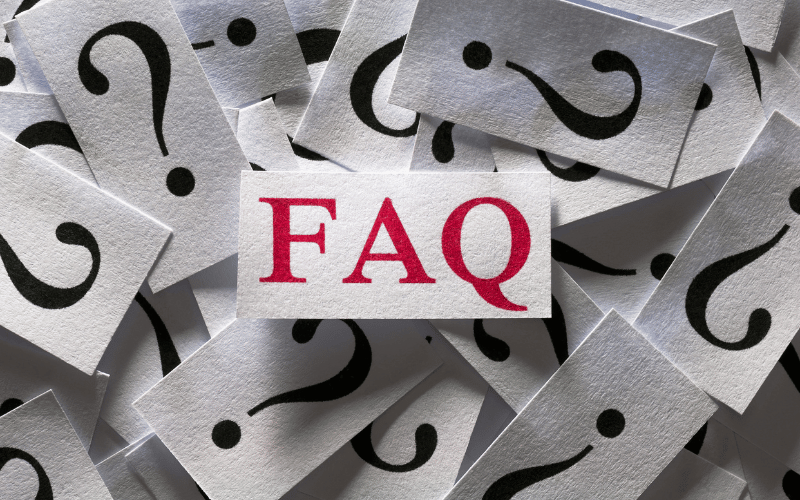FAQs about Pruritus Ani Symptoms

What causes the itching sensation in pruritus ani?
The itching sensation, which is the hallmark symptom of pruritus ani, can arise from various causes. It can be a result of direct irritation from certain soaps, wipes, or detergents. In some cases, it’s due to moisture or sweat buildup in the anal region. Furthermore, dietary factors, infections, or underlying conditions like hemorrhoids can also lead to this uncomfortable itch. Identifying and addressing the root cause is paramount for relief.
Are white patches always a sign of a fungal infection?
While white patches can indeed be a sign of fungal infections, especially Candida, they aren’t exclusive to it. Persistent irritation, friction, or even certain skin conditions can lead to white patches, known as leukoplakia. If you observe white patches, it’s essential to get a professional diagnosis to determine the cause and get appropriate treatment.
How can one differentiate between hemorrhoids and other lumps or bumps?
Hemorrhoids, which are swollen blood vessels, often feel soft and squishy and are located around the anus or inside the rectum. They can be accompanied by pain, especially during bowel movements, and sometimes even bleeding. Other lumps or bumps, like skin tags or abscesses, have different textures, locations, and accompanying symptoms. If in doubt, a healthcare professional can provide a precise diagnosis.
Is a discharge with odor always indicative of an infection?
While a discharge with a distinct odor often points towards an infection, whether bacterial, fungal, or parasitic, it’s not the only cause. Inflammatory conditions, trauma, or other underlying diseases can also lead to a discharge. The nature of the discharge, in terms of consistency, color, and smell, can provide clues, but a professional evaluation is essential for an accurate diagnosis.
Is it normal for pruritus ani to lead to bleeding?
While bleeding isn’t a “normal” symptom, it’s not uncommon with pruritus ani. Persistent scratching, fissures, or conditions like hemorrhoids can result in bleeding. Minor bleeding due to superficial scratches isn’t typically alarming. However, any persistent or profuse bleeding should be addressed promptly with a healthcare professional. Always prioritize your safety and well-being.
Conclusion: Understanding and Addressing Pruritus Ani
Pruritus ani, though often shrouded in discomfort and sometimes embarrassment, is a condition that affects numerous individuals globally. Its symptoms, ranging from persistent itching to more alarming ones like bleeding, provide significant insights into the nature and severity of the condition. Understanding these symptoms is pivotal not only for self-awareness but also for initiating early interventions. Being informed allows individuals to make lifestyle changes, seek out appropriate treatments, and most importantly, engage in conversations with healthcare professionals with confidence and clarity.
Furthermore, while some symptoms can be managed with over-the-counter solutions or lifestyle changes, others signal underlying conditions that require medical attention. Regular self-examination, being attuned to one’s body, and not hesitating to seek professional advice are crucial. By shedding light on pruritus ani and its myriad symptoms, the hope is to destigmatize the condition, fostering a culture where individuals prioritize their well-being and actively seek solutions without hesitation or shame.